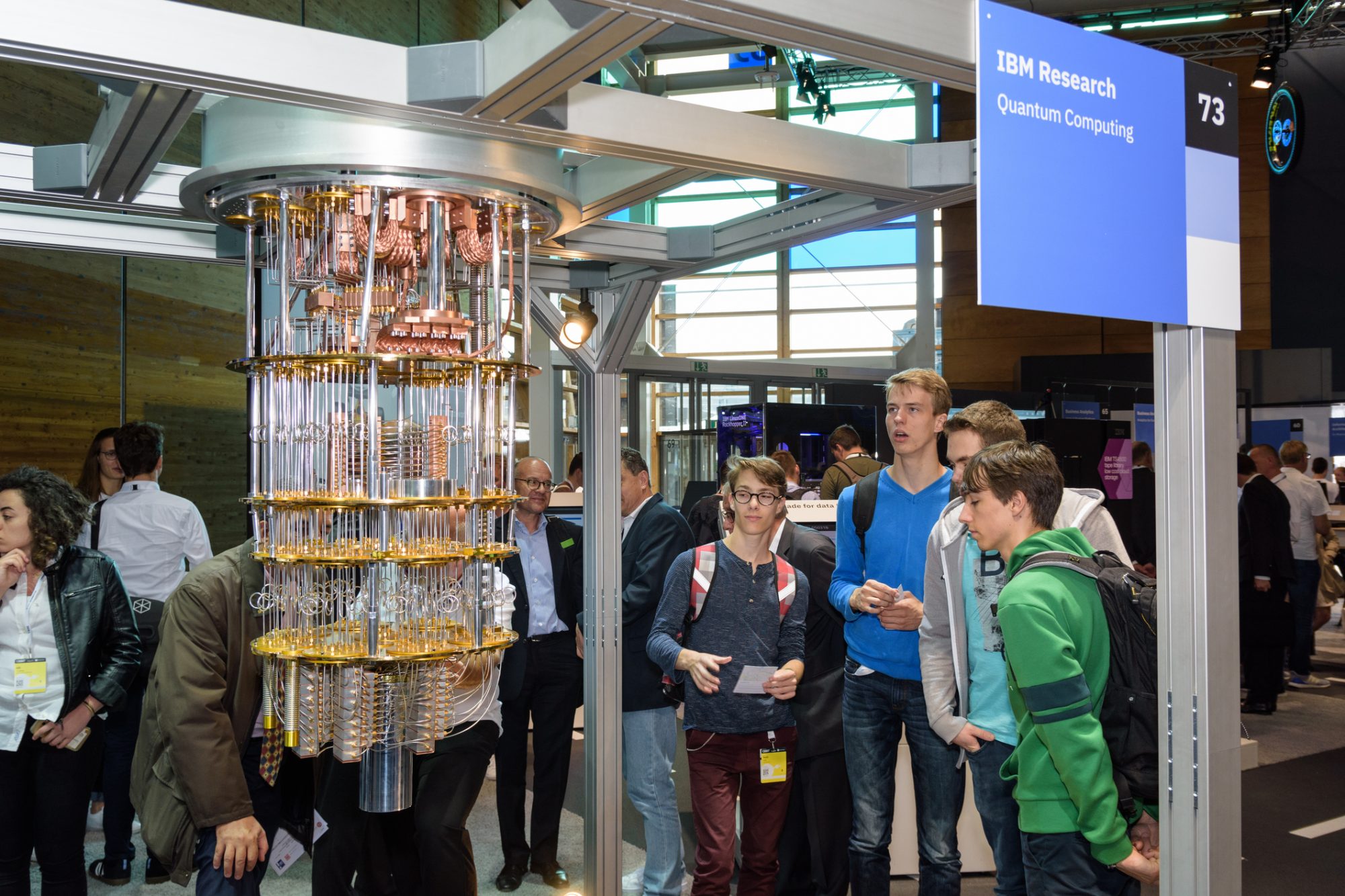The European Union’s new innovation agenda for increased competitiveness and welfare, starting with its objectives explored here by Maurizio Mensi from the European Economic and Social Committee
To promote Europe’s competitiveness and its citizens’ welfare by closing the gap between the Member States and their regions: this is the main objective of the new European Innovation Agenda proposed by the European Commission in July 2022 to remedy the “European paradox”, a limited ability to transform scientific discoveries into industrial and commercial successes. Digital sovereignty and technological independence, issues to which the EU is firmly committed, are closely linked to the quality of research and innovation.
Innovation is a process based on interaction and cooperation between public and private stakeholders. It involves research centres, universities, companies, organisations and government agencies, and it nurtures an ecosystem of knowledge, skills, and individual and collective capacities fuelled by scientific research and its applications. Economic incentives, education systems and the regulatory framework all come into play in this process. The degree of innovation in a country helps to define its level of development and economic and social dimension. The culture of innovation, which is often referred to in the public debate, encompasses values, norms and behaviour models.
Since the 1960s, the European Commission has considered innovation an essential component of research policy. Still, it is only since the 1970s that it has linked it to industrial policies through funding, training, tax concessions, standards and intellectual property rights. In 2000, the adoption of the Lisbon Strategy provided a new stimulus for innovation policy with the “knowledge economy” and the integration of measures taken at the central and regional levels. The main issue is the fragmentation of policies across Member States and regions due to different local regulatory frameworks, governance and policy instruments. Since innovation policy is primarily the responsibility of the regions, the most effective level of intervention (EU, national, regional) to improve coordination and reduce the territorial divide should be redefined.
The new European Innovation Agenda
The new European Innovation Agenda encapsulates all of the above, structured around five flagship initiatives. First, the new agenda is focused on closing the “scale-up” and “deep tech” gaps currently in the EU compared to third countries where growth-stage technology companies are more prevalent and the importance of funding experimentation and testing infrastructures to support start-ups. In addition, there is the proposal to create “regional innovation valleys” to strengthen and better connect innovation actors even in regions that lag behind, attracting and retaining talent through training and ensuring greater support for women innovators.
Also significant is the proposal to prioritise interregional innovation projects linked to key EU priorities (such as sustainability), with the joint participation of the least and most innovative regions. The Commission not only wants to promote start-ups but also to make the entire industrial system, including traditional companies, innovative, especially in the current climate where Europe is facing global challenges (6G, artificial intelligence, Quantum Computing, digital currency and the metaverse) in competition with countries that do not share the same values and do not guarantee similar rights to citizens and businesses.

An integrated system
As became apparent during the COVID-19 crisis, success stories are based on integrated systems in which innovation and research are supported by well-defined rules and procedures aligned with the most advanced innovation tools (as is the case, for example, in Taiwan, Singapore, South Korea and Israel). Innovation also concerns democracy. In fact, it is a matter of deciding how and which rules are to be applied to technology to enable citizens to use it consciously and responsibly when the most advanced digital tools increasingly affect consensus-forming mechanisms and touch on the most intimate sphere of individuals.
For instance, the large-scale spread of Quantum Computing could revolutionise the entire decision-making system. In addition to the “simple” expansion of the computing power of AI, Quantum Computing introduces a qualitative novelty. While “traditional” algorithmic processes are deterministic, and their output can always be predetermined, Quantum Computing’s results are not entirely understandable based on the predefined inputs and rules.
Suppose the knowledge of the algorithm, as an individual’s right, constitutes one of the central elements of EU draft legislation on AI with Quantum Computing. In that case, this will no longer be possible, with significant consequences regarding transparency, accountability and predictability of the final result.
Public regulation and democracy
Basically, this implies the need to adapt our consolidated democratic mechanisms to the “disruptive innovation” that is still underway, redefining procedures, methods and tools.
For instance, we need to update the area of public regulation put to the test by technological evolution, defining quality standards and appropriate identification and measurement tools. Moreover, given the future digital identity (that will allow anyone to certify their identity with any public or private entity without the need to provide any document), it is not enough to convert current procedures and systems to the digital mode; the latter must be recalibrated to avoid unnecessary formalities and controls, to enhance interoperability, and to streamline and make the various stages more efficient. Above all, regional and local institutions should simplify local rules and make it easier to implement them by introducing linkage and control mechanisms between the various entities.
In conclusion, we are on the eve of a wholly new and undefined world, and the European Union, with its new agenda, shows that it is aware of this. More than having state-of-the-art research laboratories is required. A truly innovative system must be equipped with rapid operational mechanisms based on transparent and accessible procedures, with defined responsibilities for the various players involved. Under these conditions, Europe will make the desired quantum leap regarding efficiency, competitiveness and socio-economic cohesion.











